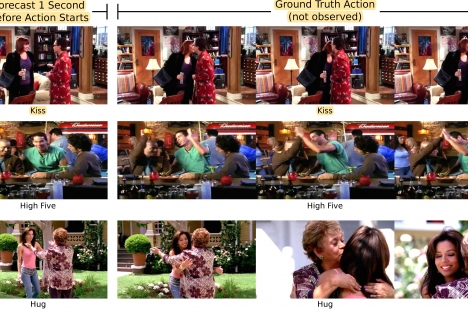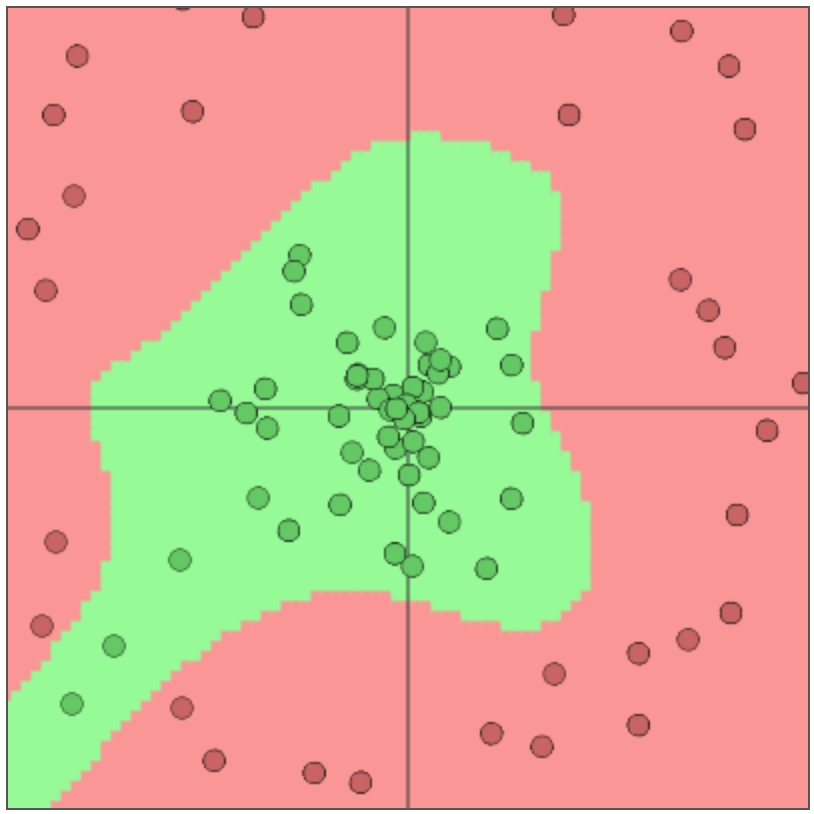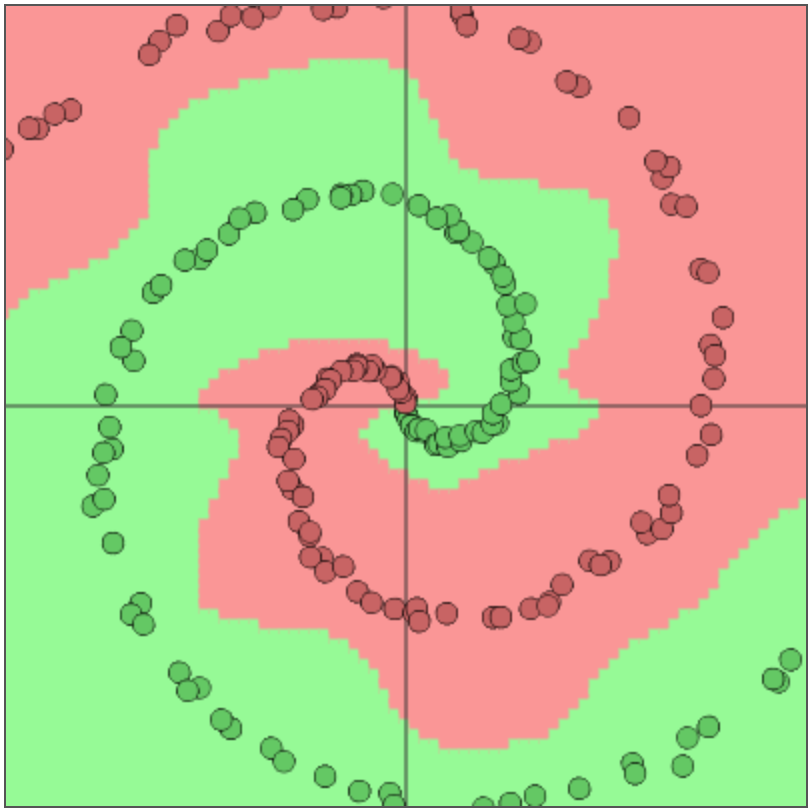Machine Learning in the Browser with Deep Neural Networks
A Visual Introduction
Ruhr.js 2016
Oliver Zeigermann / @DJCordhose
http://djcordhose.github.io/machine-learning-in-the-browser/2016_ruhrjs.html
Level of this talk
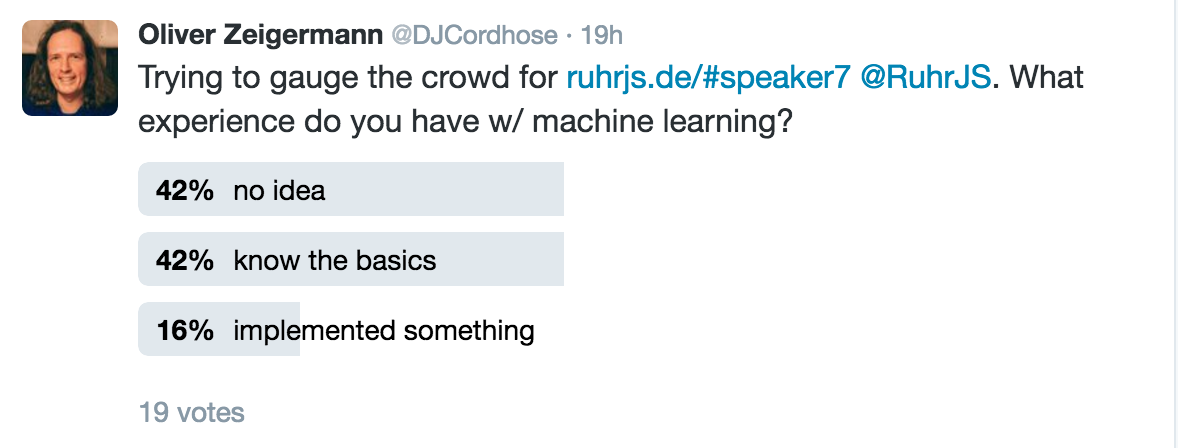
What is machine learning?
science of getting computers to act without being explicitly programmed
Example: Tell an organge from an apple
Programmatic Solution
Checking the color
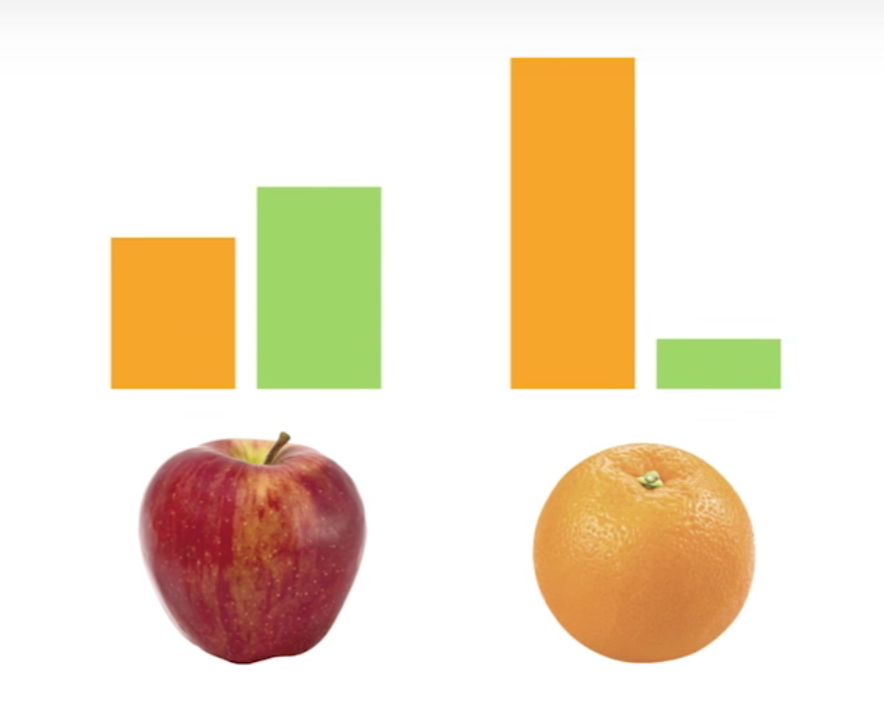
What about BW?
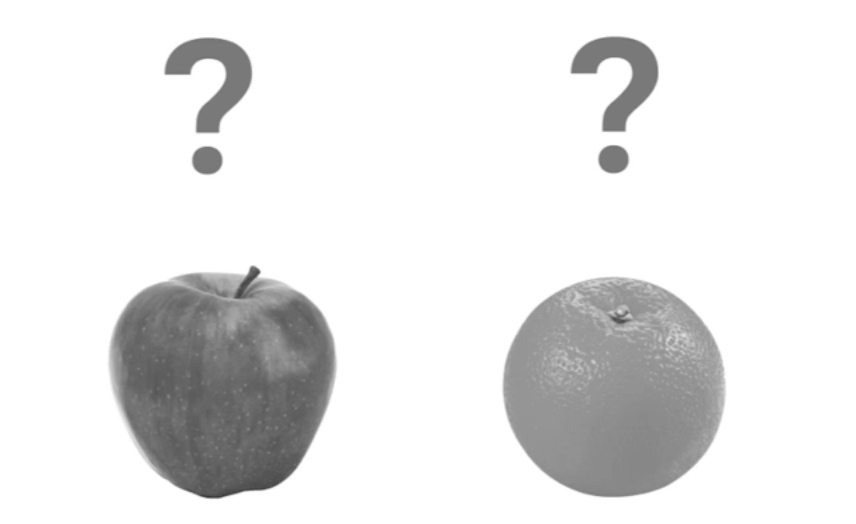
Banana?

Just too many rules to write by hand
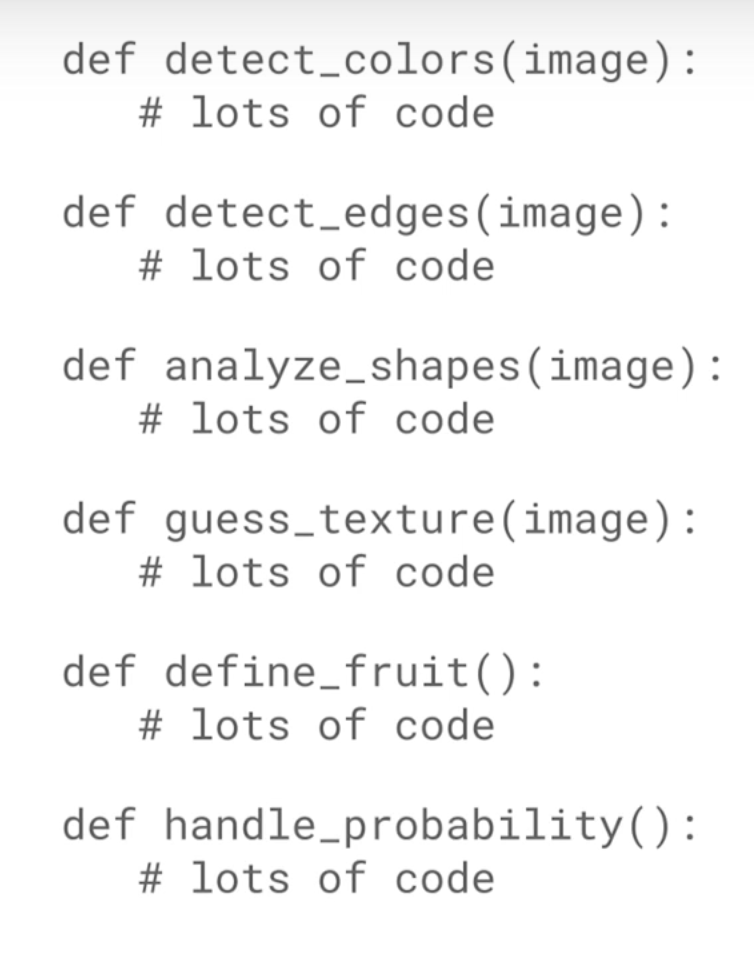
... and you probably forgot one ;)
... and probably have one too many ;)
Rather let the machine learn all the rules for you
By learning from examples
Applications of machine learning?
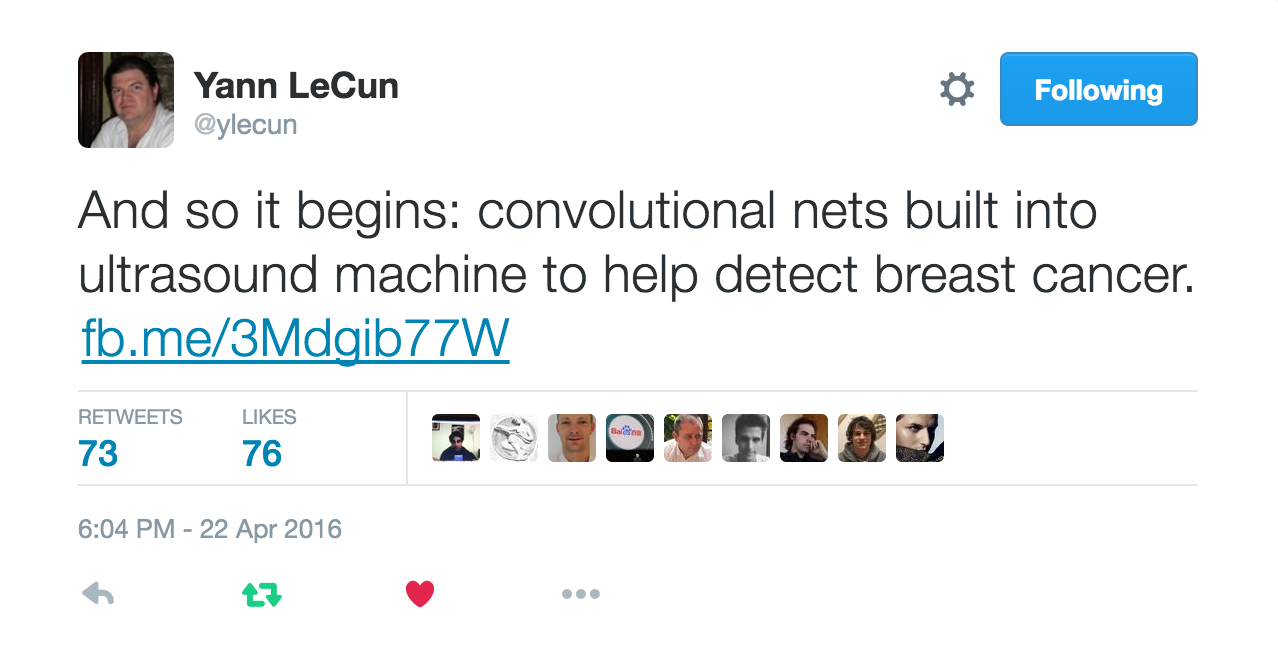
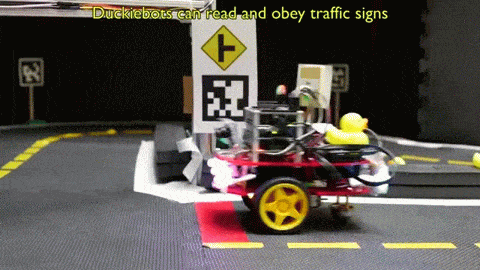
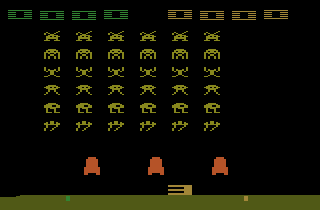


Introducing Neural Networks using Tensorflow Playground
http://playground.tensorflow.org/

Classification
- result of the neural network is a classification
- each spot in a plane gets a prediction
- either blue or orange
- prediction can be discrete or continuous
- network is trained to give a good prediction


Simulated neurons and neural networks
- each neuron can separate a plane into two regions using a line
- can be trained by adjusting weights of inputs based on error in output
- can be arranged in layers, each getting same input (neural network)
- special output layer (softmax) classifies summed up output
- more than one layer is possible (deep neural network)
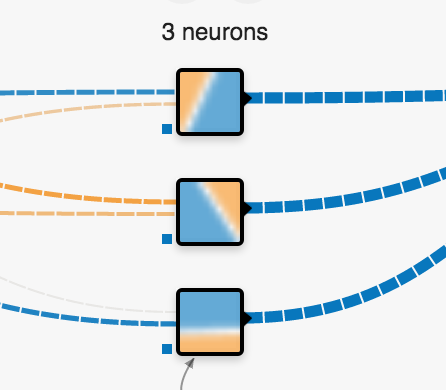

http://www.theprojectspot.com/tutorial-post/introduction-to-artificial-neural-networks-part-1/7
Now for the JavaScript
ConvNetJS
http://cs.stanford.edu/people/karpathy/convnetjs/
Code can be changed directly in the browser
Code for classifier
That's what you can change directly in the browser
layer_defs = [
{type:'input', out_sx:1, out_sy:1, out_depth:2},
{type:'fc', num_neurons:6, activation: 'tanh'},
{type:'fc', num_neurons:2, activation: 'tanh'},
{type:'softmax', num_classes:2}
];
net = new convnetjs.Net();
net.makeLayers(layer_defs);
trainer = new convnetjs.Trainer(net);
Classifier Example - Prediction
Under the hood
var point = new convnetjs.Vol(1,1,2); // needs to match input layer
point.w = [3.0, 4.0];
var prediction = net.forward(point);
// probability of classes in .w
if(prediction.w[0] > prediction.w[1]) // red / orange;
else // green / blue;
Predictions will be painted as background colors
Training and Loss
- data is separated into training and test data
- in image below: training: white border, test: black border
- training data is used to train neural network
- both test and training data are used to check accuracy of prediction
- loss is to be minimized
- overfitting: training loss low, test loss much higher (to be avoided)



Classifier Example - Training
// data coordinates
var data = [[-0.4326, 1.1909], [3.0, 4.0], [1.8133, 1.0139 ]];
// matching labels, 1 for red / orange, 0 for green / blue
var labels = [1, 1, 0];
var N = labels.length;
var avloss = 0.0;
for (var iter=0; iter < 20; iter++) {
for (var ix=0; ix < N; ix++) {
var point = new convnetjs.Vol(1,1,2);
var label = labels[ix];
point.w = data[ix]; // use data coordinate for point
var stats = trainer.train(point, label);
avloss += stats.loss;
}
}
// make this as small as possible
avloss /= N*iters;
Trainer turns learning into a numerical optimisation problem of weight parameters
Convnetjs uses stochastic gradient descent (SGD) by default
That's it more or less for feed forward networks
Main Challenge: What is the best configuration for a given problem?
That is: How many layers, how many neurons, which activation function?
Solution: Try it out!
Or: Trust the expterts, use a pre-trained network!
What else?
More #1: Convolutional Networks
- special networks to to process images
- each layer turns input into a number of filtered outputs
- special layers provide location invariance
- each layer adds semantic information
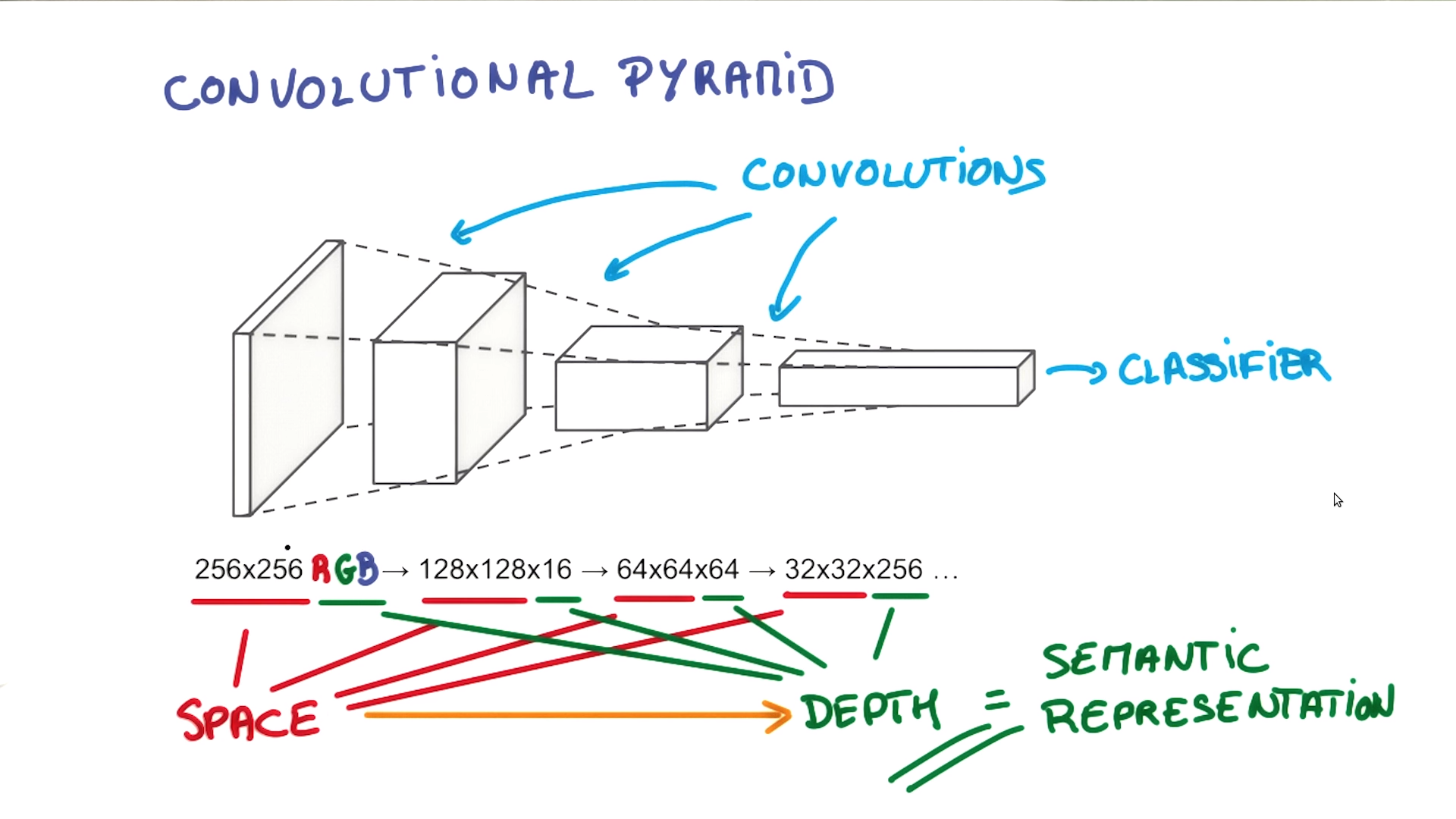
Udacity Course 730, Deep Learning (L3 Convolutional Neural Networks > Convolutional Networks)
Intuition for Convolutional Networks

becomes

https://auduno.github.io/2016/06/18/peeking-inside-convnets/
More #2: Reinforcement Learning
- network learns by playing
- sometimes against itself
- directly from raw input
- world class Go player defeated
- achieves superhuman performance in many atari games
- possible via deep neural networks
Deep Learning
Wrap-Up
- Deep Neural Networks are a game changer in Machine Learning and AI
- enabled by large Data Sets, Computing Power, and GPUs
- the browser even makes Deep Learning more accessible
- all the fancy deep learning stuff works in the browser
- especially good for learning and education
- direct visualization and interactivity
- Tensorflow Playground makes this especially easy to try out
- ConvnetJS for experiments with JavaScript in the browser
Thank you!
Questions / Discussion
Oliver Zeigermann / @DJCordhose
http://djcordhose.github.io/machine-learning-in-the-browser/2016_ruhrjs.html
Resources
- Tensorflow Playground in the Browser
- Essentials of Machine Learning Algorithms (with Python and R Codes)
- A visual introduction to machine learning
- Udacity 3 minute introduction to Neural Networks and Convolutional Networks
- Theoretical Motivations for Deep Learning
- Deep Learning for Robots
- Getting dirty with the math of Deep Learning
- Tensorflow: Google's Machine Learning Library
- Baidu Chief Scientist: Deep Learning changes the world
- Everything You Know About Artificial Intelligence is Wrong
- k-Nearest Neighbors from Scratch in JavaScript
